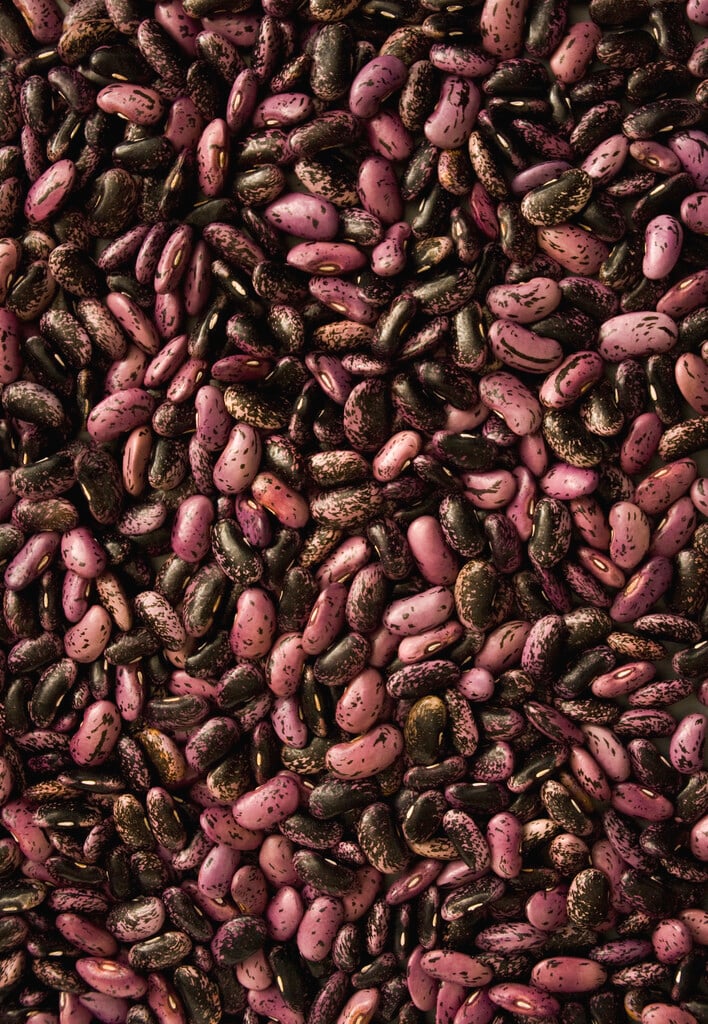Phaseolus coccineus
runner bean
This is the species from which all our runner beans have been bred. It is a green-leaved twining climber reaching 3m with scarlet flowers (occasionally white) which develop into long, flat edible pods. In the UK it is grown as a summer annual, lasting only one year
Other common names
butterfly runnerDutch case-knife bean
see morefire bean
multiflora bean
runner bean
scarlet runner bean
scarlet runner
Size
Ultimate height
2.5–4 metresTime to ultimate height
1 yearUltimate spread
1–1.5 metresGrowing conditions
Moisture
Moist but well–drainedpH
Acid, Alkaline, NeutralColour & scent
| Stem | Flower | Foliage | Fruit | |
| Spring | Green | |||
|---|---|---|---|---|
| Summer | Red Orange White | Green | Green | |
| Autumn | Red Orange White | Green | Green | |
| Winter |
Position
- Full sun
Aspect
East–facing or South–facing or West–facing
Exposure
Sheltered Hardiness
H2Botanical details
- Family
- Fabaceae
- Native to GB / Ireland
- No
- Foliage
- Deciduous
- Habit
- Climbing
- Potentially harmful
- Raw pods/beans harmful if eaten. Wear gloves and other protective equipment when handling. Pets (dogs): Raw pods/beans harmful if eaten - see the HTA guide to potentially harmful plants for further information and useful contact numbers
- Genus
Phaseolus are annual or perennial legumes, usually climbing or trailing in form, and with trifoliate leaves. Grown as crop plants for their edible seeds, including runner, French and lima beans, as well as for animal feed, green manures and as ornamentals
- Name status
Correct
How to grow
Cultivation
Grow up support in moisture-retentive soil which is close to a neutral pH, in full sun. For more advice see runner-bean cultivation
Propagation
Propagate by seed. See sowing vegetable seeds
Suggested planting locations and garden types
- Cottage and informal garden
- Wildlife gardens
- Climber and wall shrubs
- Edible fruit
Pruning
No pruning required
Pests
May be susceptible to slugs and snails, and to blackfly (black aphid)
Diseases
May be susceptible to runner and french bean rust
Get involved
The Royal Horticultural Society is the UK’s leading gardening charity. We aim to enrich everyone’s life through plants, and make the UK a greener and more beautiful place.

